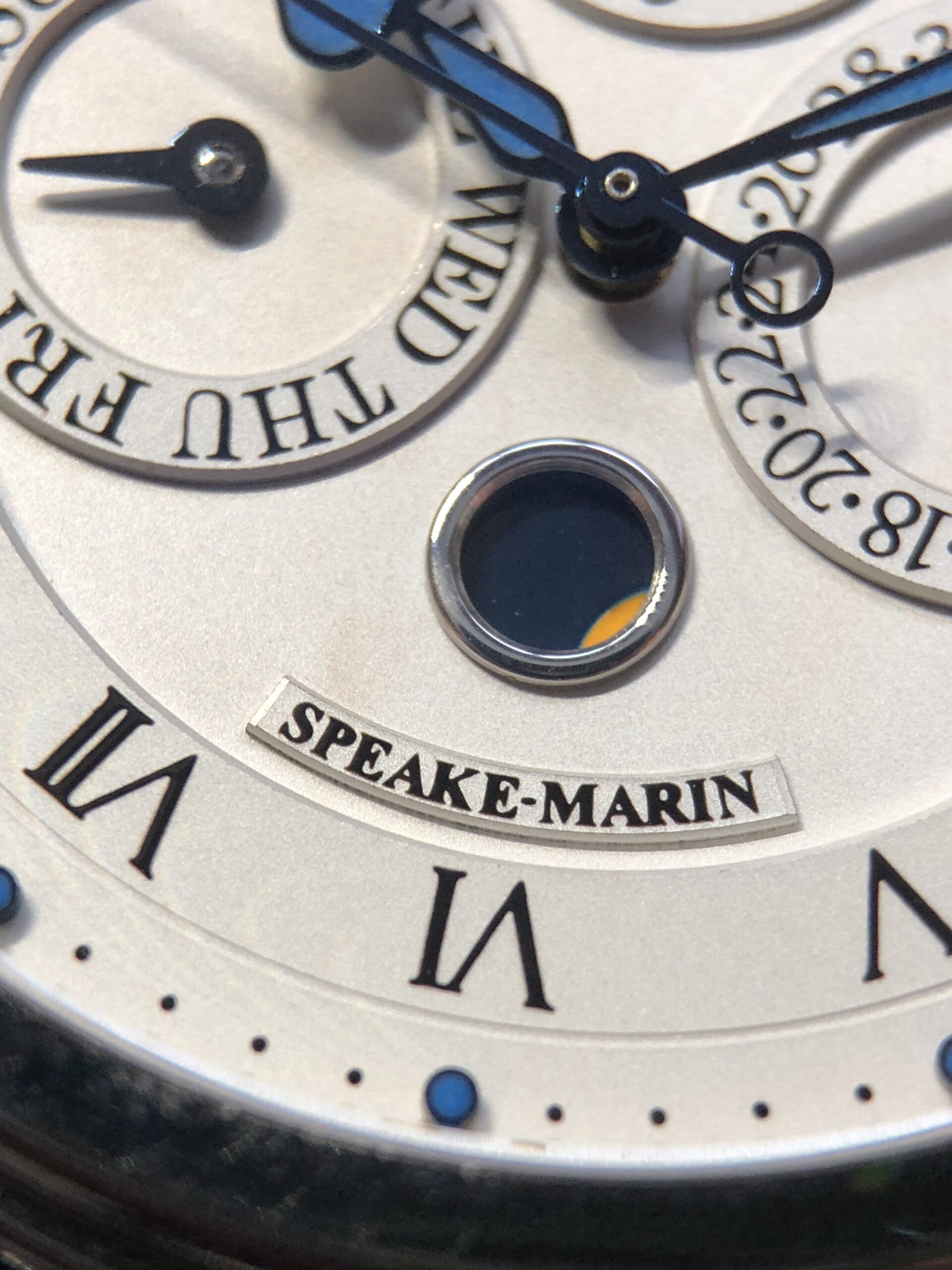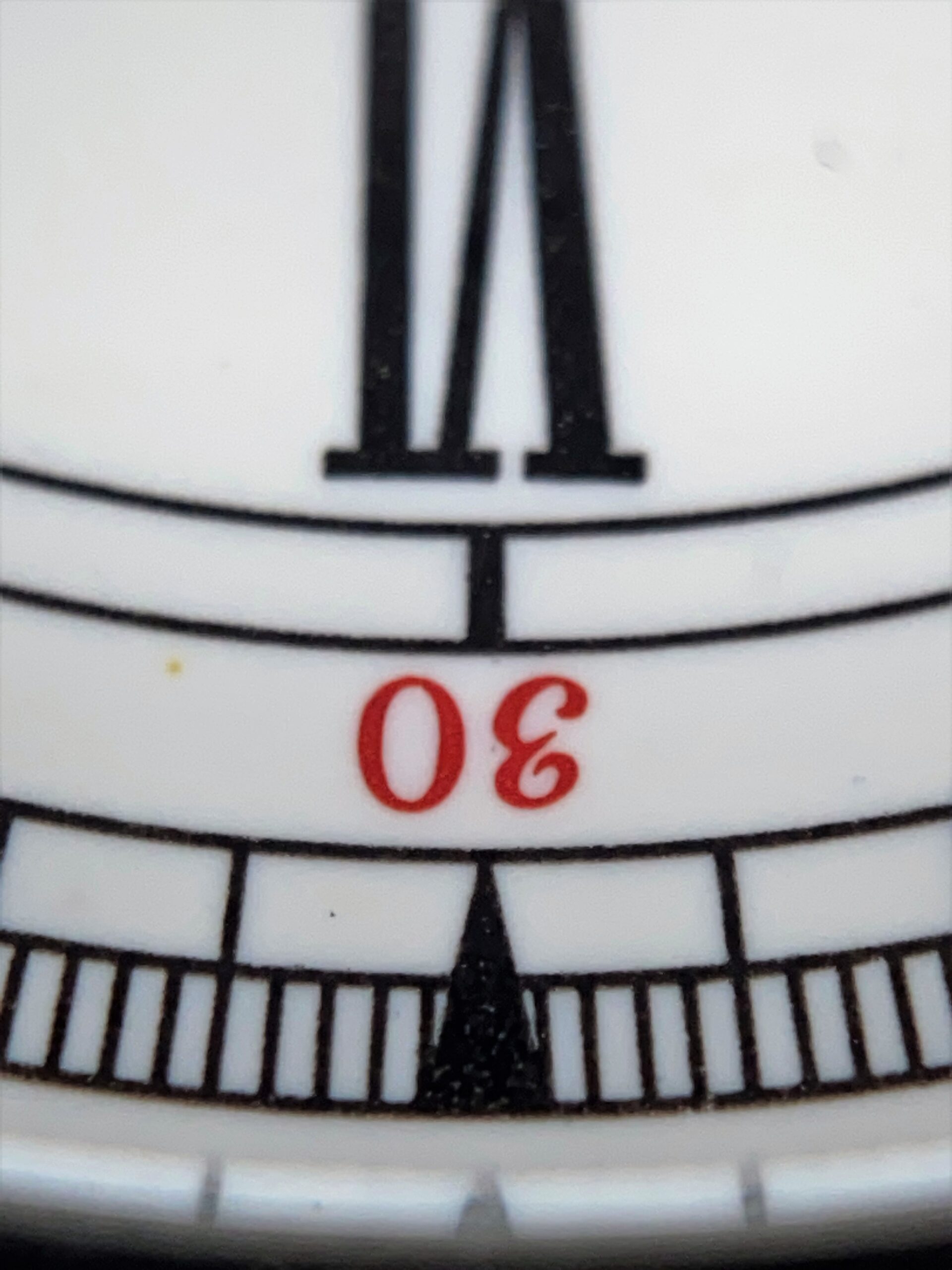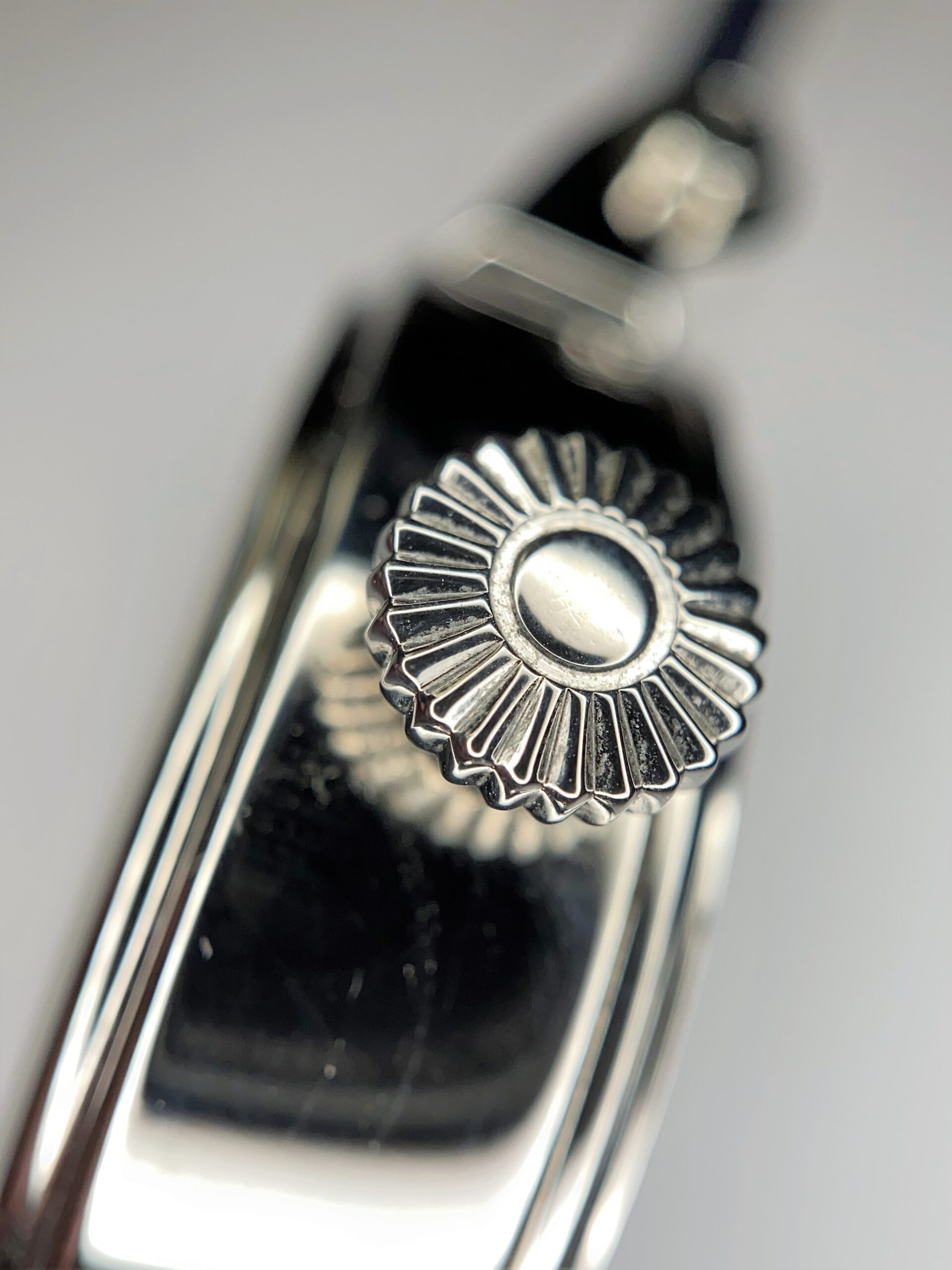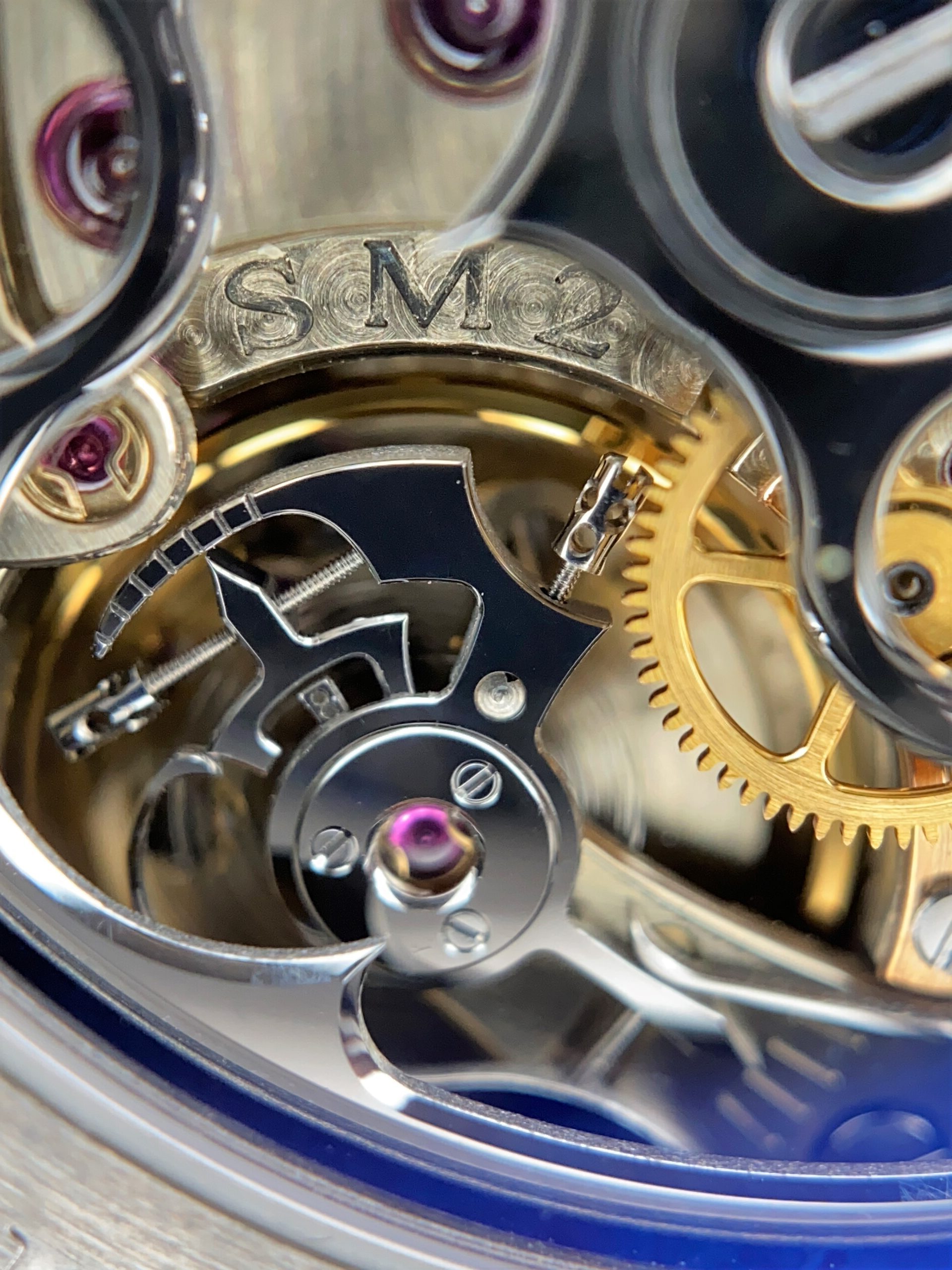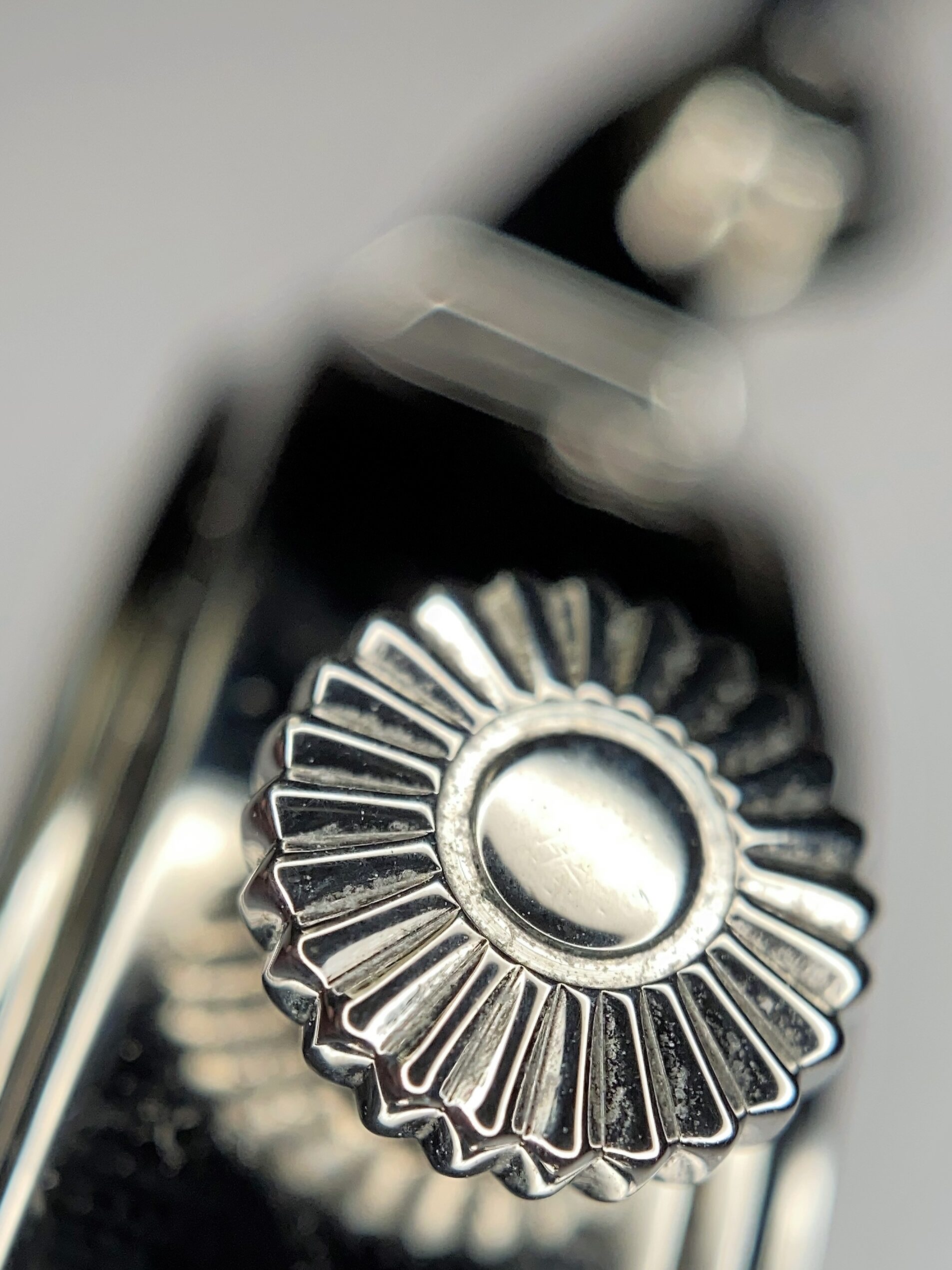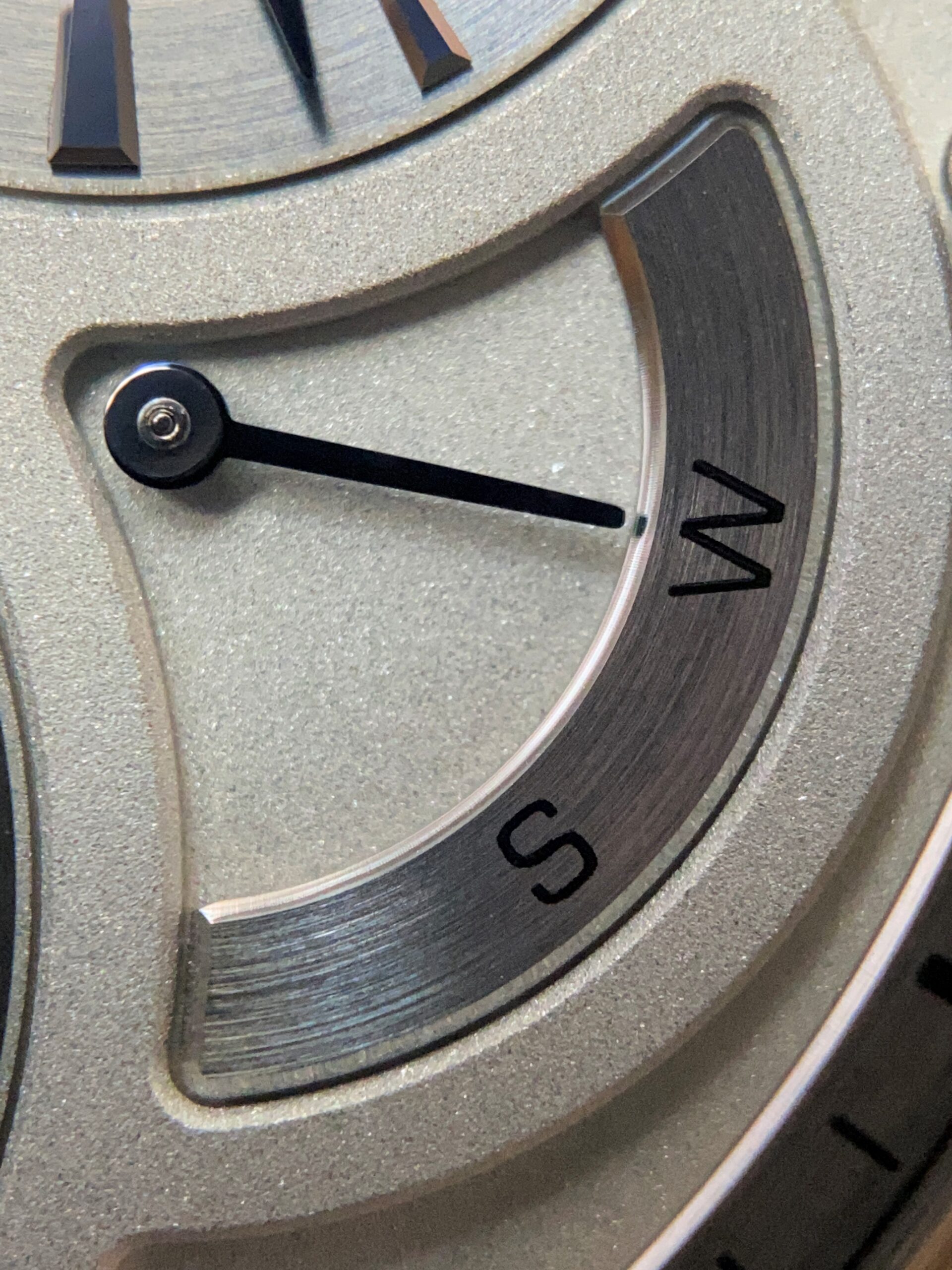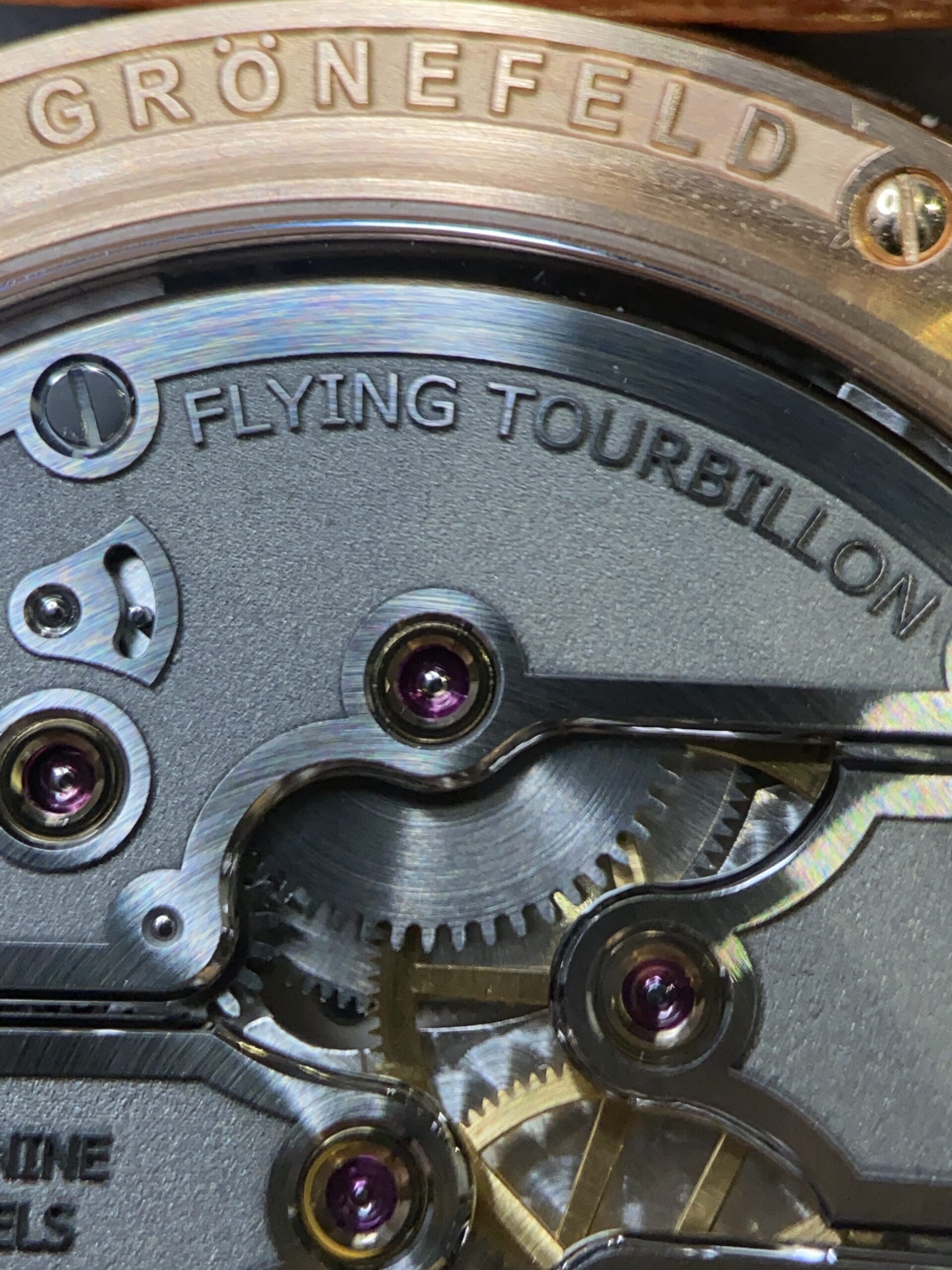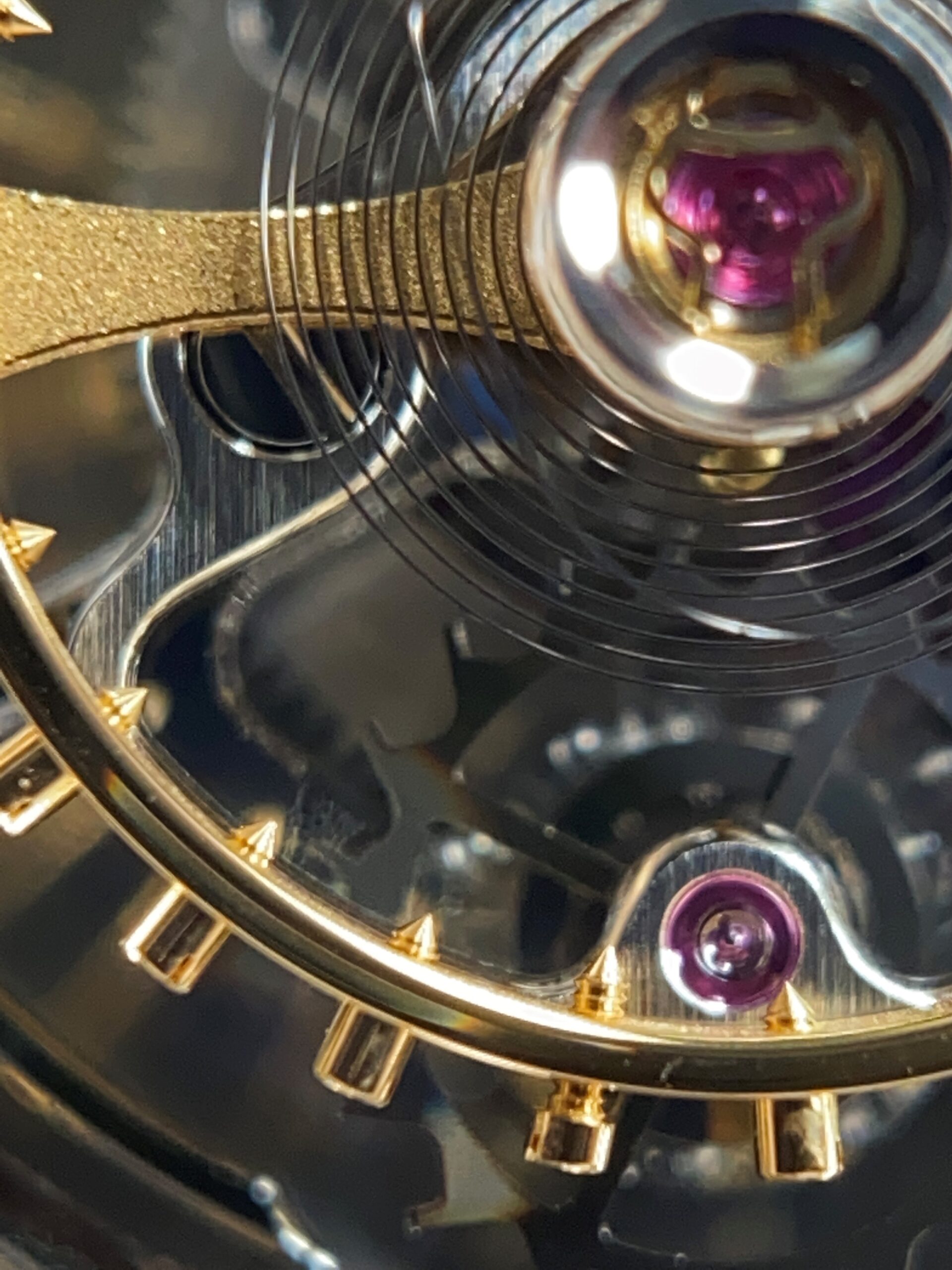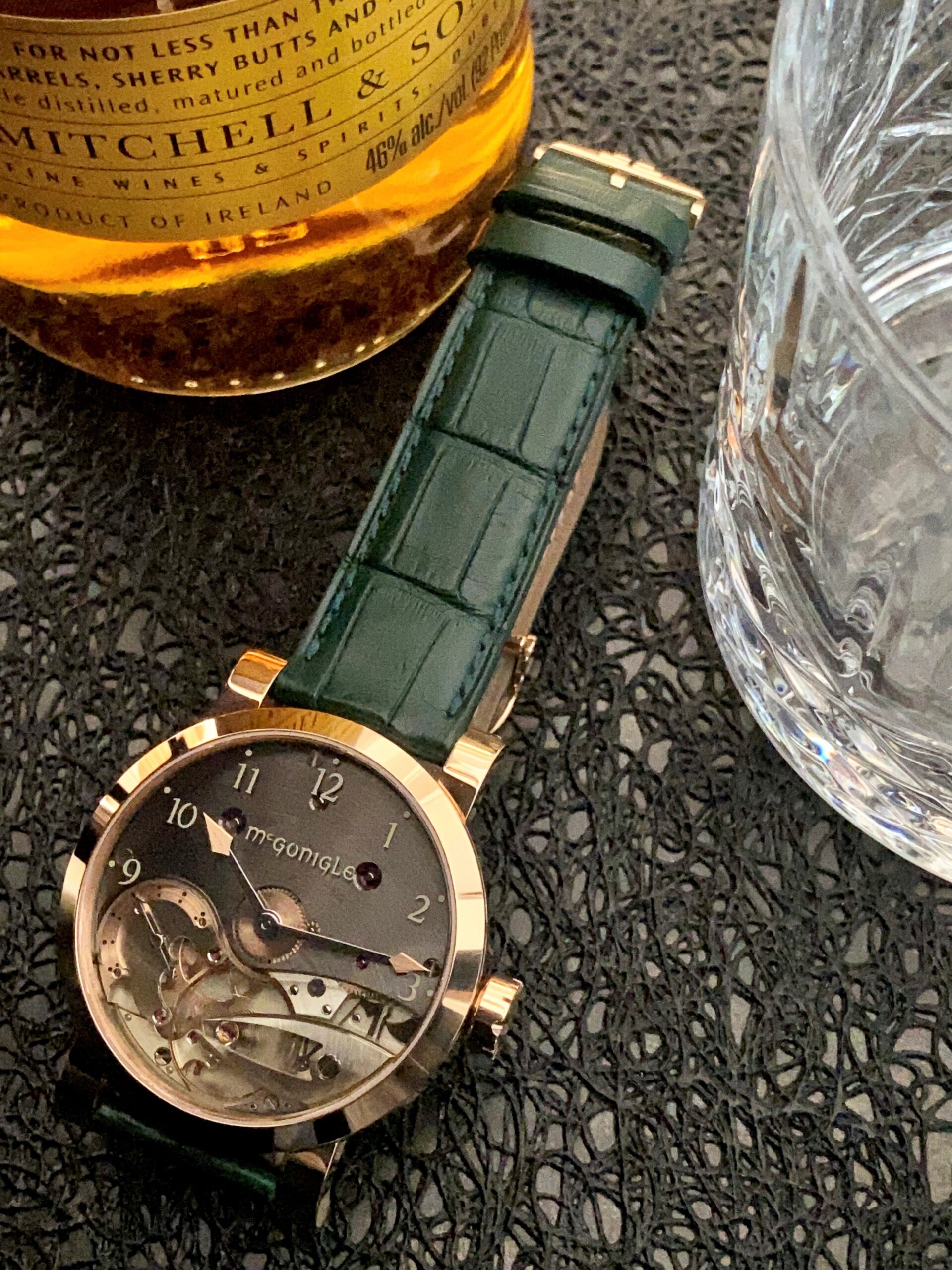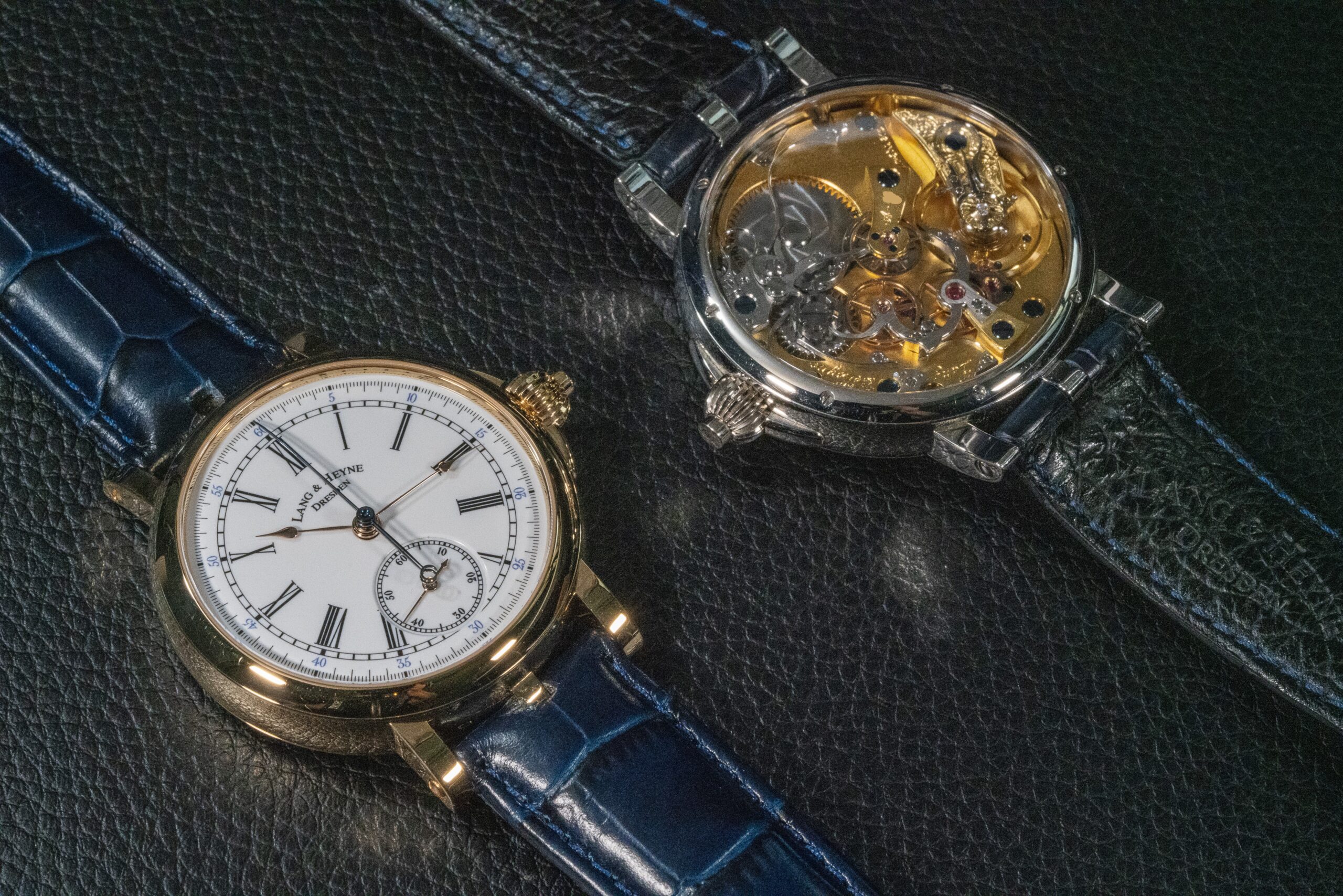In Ink and Intention: A Hundred Days with Pens
Some people count days in steps or calories. I’ve come to count them in lines—written across paper in ink.

It began as a practical gesture, an elegant supplement to a book project involving twenty interviews. What started as a decision to use a beautiful pen instead of a disposable one to capture conversations slowly turned into something more—a sensory transformation, a personal awakening, an education in nuance.
Like a chef choosing a blade—not just for sharpness, but for the way it fits their hand—I chose pens. Rollerballs first. They were the santoku knives of writing: general-purpose, reliable, suited for many hands. I picked up Montblancs, S.T. Duponts, and Montegrappas, each a different weight, texture, and design. I chose a pen for each person I interviewed, trying to match their energy. The pens became part of the ritual. In that quiet, contemplative motion of note-taking, something was being honored. Not just their words, but the moment itself.
But rollerballs, I learned, are like standardized engines. Functional, yes. Elegant, perhaps. But limited in intimacy. So I turned to fountain pens.
The fountain pen changed everything. A nib is not a switchable part like a rollerball refill. It’s the engine and the soul. Swapping it isn’t easy—or even desirable. You commit to it. And in doing so, you meet the pen halfway.
This isn’t so different from how we choose cars, is it? A Porsche and a Land Rover both move us forward, but one hugs the curves while the other swallows terrain. A writing instrument, too, has a feel—a fidelity between hand and mind. When right, it disappears. You don’t use it; you become it.
Not all nibs are equal. Some skip, some scratch, some glide like whispers across silk. I gravitated toward Sailor and Nakaya, Japanese brands that whisper of heritage and mastery. There’s a humility to their craftsmanship: restrained elegance, perfectly balanced. Montblanc, too, remains in my core collection—its European formality contrasts the quiet precision of the Japanese pens, yet both reflect a deep intentionality.
I discovered the materials mattered. Some pens felt alive in my hand: the warm swell of ebonite, the lacquered depth of urushi. Others—while visually stunning—felt cold, disconnected. Function and form danced, sometimes together, sometimes apart.
I began journaling nightly, partly to sharpen memory, partly to stave off the slow fog of aging. But it became something richer. A confessional. A calibration. The nib, I found, was a mirror. Some nights, I needed the soft glide of a fine Sailor nib; others, the certainty of a Montblanc. I began choosing my pen each evening like one might select a record—based not on task, but on mood.
In nature, birds evolve beaks suited to the flowers they feed from. This pen journey reminded me of that. Tools evolve not just to function, but to fit. And as I evolved—slowly, word by word—my pens did too.
Some were sold, released back into the world. Others found permanent residence, their stories interwoven with mine. The collection wasn’t about having more—it was about finding resonance. Like song lyrics that finally make sense after heartbreak, a pen only reveals its meaning when it meets the right hand, on the right night, with the right thought waiting to be born.
A hundred days in, I have no illusions this journey is done. But I now understand what I didn’t when it began: that the right pen is not just a writing instrument. It’s a companion. A witness. A kind of silent poetry.
And when the nib touches the paper just so, it’s not writing. It’s remembering who you are.



And then there’s the matter of touch—not just how a pen glides on the page, but how it rests in the hand. I’ve realized that I’m especially drawn to pens with tactile surfaces: guilloché patterns, hammered sterling silver, textured resin. The Yard-O-Led pens, with their barleycorn and 72 Stripes engravings, are among my favorites for this reason. Their surfaces offer a kind of silent feedback, a presence you can feel before the nib even meets the paper.
The Sailor Wabi Sabi and their Ebonite Night Series, and Montblanc models with etched or layered barrels—these are pens I return to not only for how they write, but how they feel.


I’m not sure why this tactile dimension matters so much to me. Perhaps it connects to something deeper—our hands as extensions of memory and mind, or the way textured surfaces ground us in the physical world. We know from studies of haptics and neurology that touch influences cognition and emotion. Maybe the textured pen acts like a grounding stone, giving each journaling session not just words, but weight.

A pen’s texture, after all, can be like the bark of a tree—rough, patterned, alive. Some trees are smooth and young, others knotted and wise. So it is with pens: some feel like polished river stones, others like weathered wood, each holding a story in their surface. A smooth pen may be elegant, but a textured one reminds you that you are here, touching, holding, grounded.
A nib is not just a writing tool—it’s a personality, an accent, a mood. Choosing the right nib is like casting a part in a play: which voice do you want speaking your thoughts into permanence? Which rhythm matches the heartbeat of your day?
The nib knows. It reveals emotion in ways even your voice cannot. A heavy hand, a faltering loop, a firm downward stroke—all betray what lives beneath language. It’s “calligraphy” (though no one would mistake my writing for this) not as decoration, but as confession. Even before the words are read, the writing is already understood.
In that ritual—selecting a pen, uncapping it, feeling its weight—something in me settles. It is the whisper of order returning after the noise of the day. The ink’s slow arrival on the page is a form of presence, each letter a footprint in time. I do not always remember what I write, but I remember how it felt to write it.
And that, too, is a kind of memory.
Writing by hand demands patience. It slows the mind, bringing it closer to the pace of breath. Like prayer beads moving through fingers, the pen charts both intention and rhythm. It makes space for pause, for second thoughts, for noticing. Memory, I’ve learned, is not a single act of recall—it is a ritual of return. Each night I return to the page, I return to myself.
And memory is not always a file to retrieve—it is sometimes a scent, a sound, a texture. It lives in the corners of our senses. I have found entire recollections rekindled by the scratch of a nib on rough paper, the scent of ink blooming in the feed. It’s as though the pen stirs memory the way a spoon stirs sediment from the bottom of a glass—the forgotten, once again visible.
Behind every pen, there is a maker. And behind every maker, a philosophy. The best writing instruments aren’t simply manufactured—they are crafted. Whether it’s the ancient art of urushi lacquer being layered by hand over weeks, or a silversmith hammering patterns into a Yard-O-Led barrel, these are not just objects. They are embodiments of skill, patience, and story.
When I hold a Nakaya, I feel the presence of the artisan who polished the ebonite to a matte warmth, then coated it in a dozen coats of natural lacquer, letting each cure slowly in the dark. Add the awareness of the tragic 2024 earthquake in Japan and they become real people as well as real artisan.
This is why some pens feel alive and others feel hollow. The former carry with them the imprint of human care. They hold a kind of breath.
I am drawn to those makers who speak not of mass production, but of devotion. Makers like Grayson Tighe, who fuses Damascus steel with hand-turned barrels, or the small studios in Japan that still believe in the sacred rhythm of pen-to-lathe, cloth-to-lacquer. These aren’t pens. They are heirlooms. They are time made tangible.
And just as a violin becomes more resonant the longer it’s played, I believe a pen becomes truer the longer it is used. Its balance adjusts to your grip, its nib responds to your hand’s pressure, its patina changes with your touch. It is the only tool I know that improves not through sharpening—but through intimacy.
Pens are not a modern affectation. They are an echo of a much older urge: to leave a mark. In ancient Mesopotamia, reeds scratched cuneiform into clay; in medieval monasteries, goose quills shaped illuminated manuscripts in the light of oil lamps. The pen—however humble—has always been an axis of civilization.
Writing was invented not as a tool for poetry or storytelling, but as a practical solution to a very specific problem: managing complex societies.
According to Yuval Noah Harari in Sapiens, the earliest known writing systems—like cuneiform in Mesopotamia around 3200 BCE—emerged primarily for accounting and administration. As agricultural societies grew into cities and kingdoms, rulers and temple officials needed a way to track taxes, grain storage, labor, and trade. Oral memory and simple tallies were no longer enough. Writing allowed for the recording of contracts, inventories, and laws, making it a tool of power and bureaucracy.
In essence, writing was born not from a desire to express the soul, but from the need to organize the state. Only later did it evolve into a medium for literature, science, and personal expression. It began as a ledger—and became a mirror of civilization.
The fountain pen emerged not as a novelty, but as a refinement of centuries of trial and error. It brought with it portability, consistency, elegance. By the late 19th century, brands like Waterman, Parker, and Sheaffer were not just selling tools—they were selling an ideal: that the written word, penned by hand, still mattered.
Even war could not quiet the pen. Soldiers wrote home in pencil and ink; poets chronicled trench life with field notebooks and fountain pens, often passed from hand to hand like relics. The 20th century brought disposability and mass production, but the fountain pen remained a whisper of something slower, more deliberate.
It has survived typewriters, word processors, and smartphones. Why? Perhaps because it isn’t just a conduit of language—it is a gesture of presence. To write with a pen is to join hands with every scribe who has ever put ink to surface. To pick up a pen is to time travel.
There’s a reason historical documents feel more powerful when viewed in their original ink. The Constitution. The letters of Rilke. The journals of Anne Frank. These are not just ideas—they are the pressure of a real hand on real paper, ink trailing the urgency of thought. You can see, feel, connect to the writer writing.
To write is to risk the self. A pen asks for vulnerability. It does not erase with the click of a key or autocorrect your thought before you finish it. A pen demands that you mean it. That you live with the curve of your own uncertainty.
This is why it matters what we hold. Why it matters how we hold it. And why—despite the devices that promise speed or ease or perfection—I continue to choose the slow glide of ink across paper.
Not because it is better.
But because it is mine.
